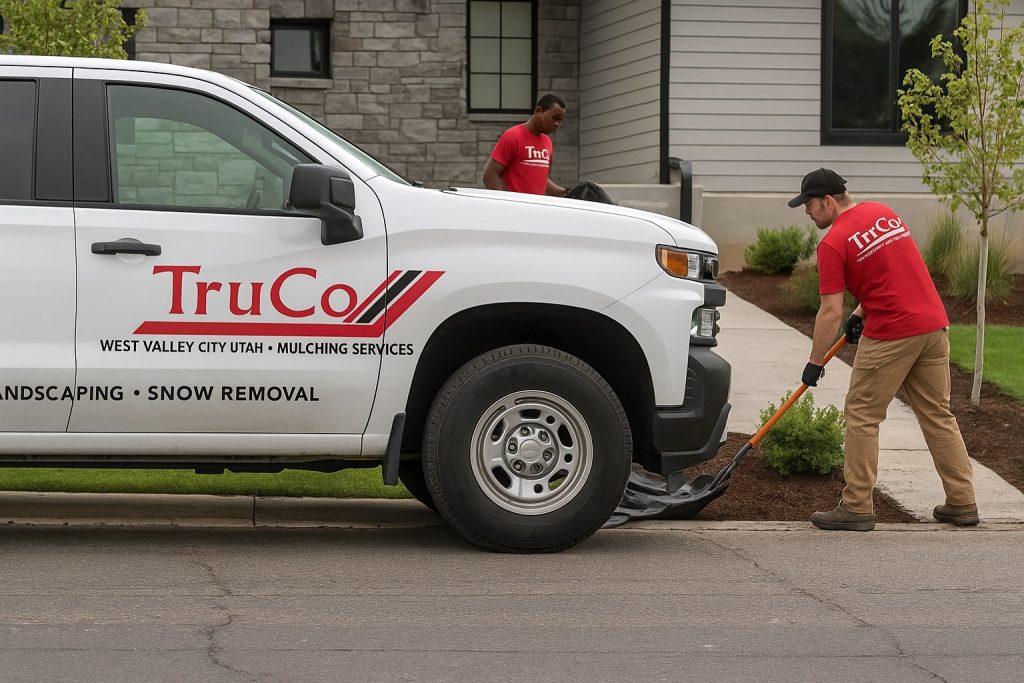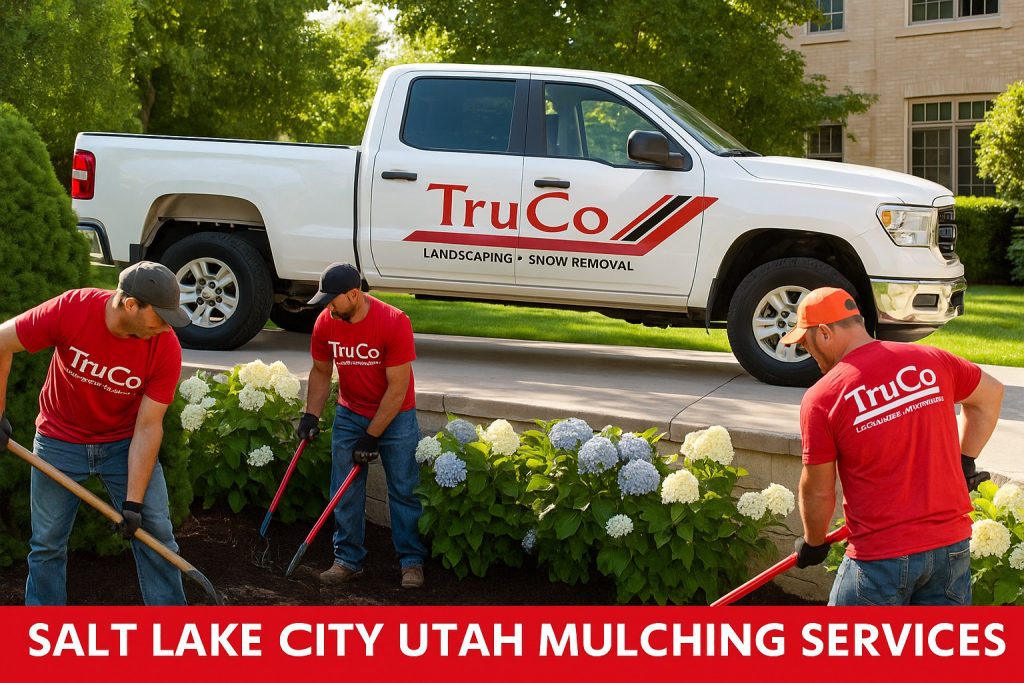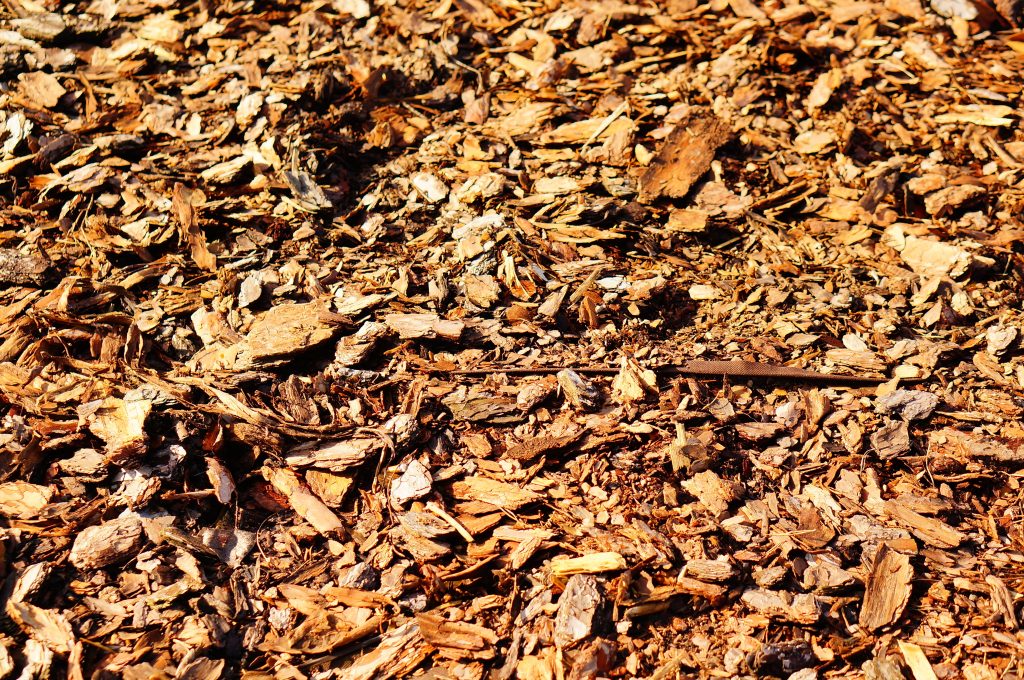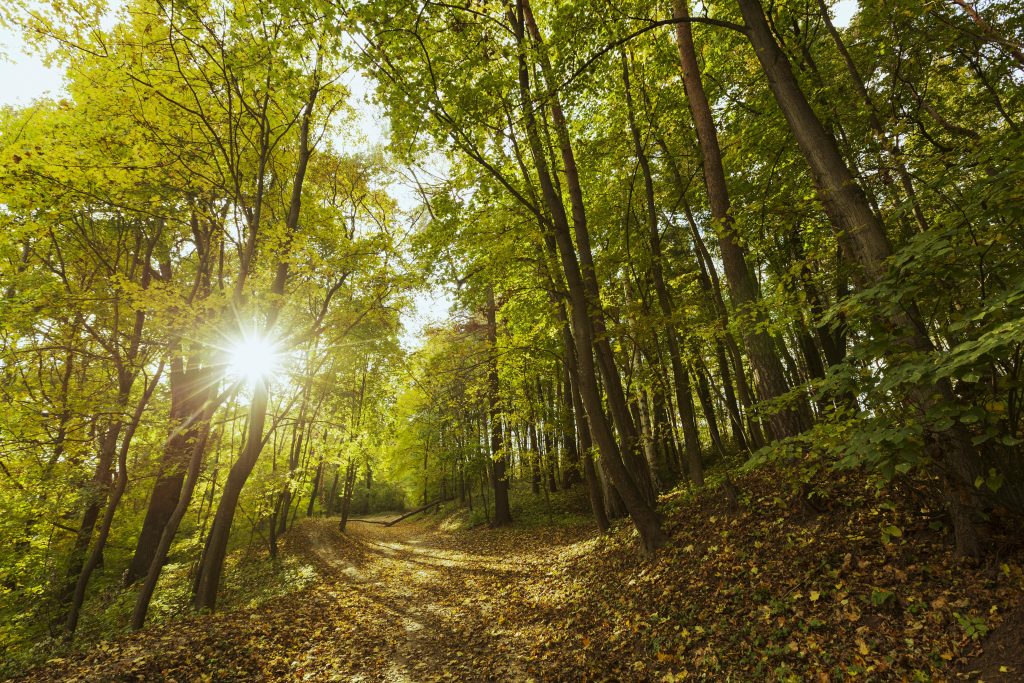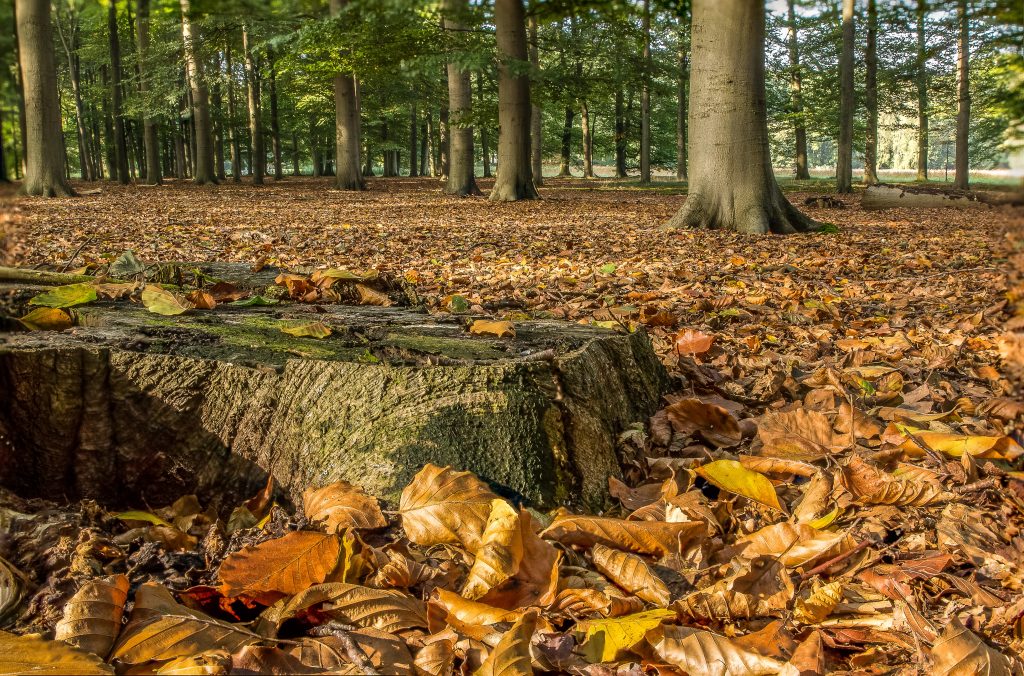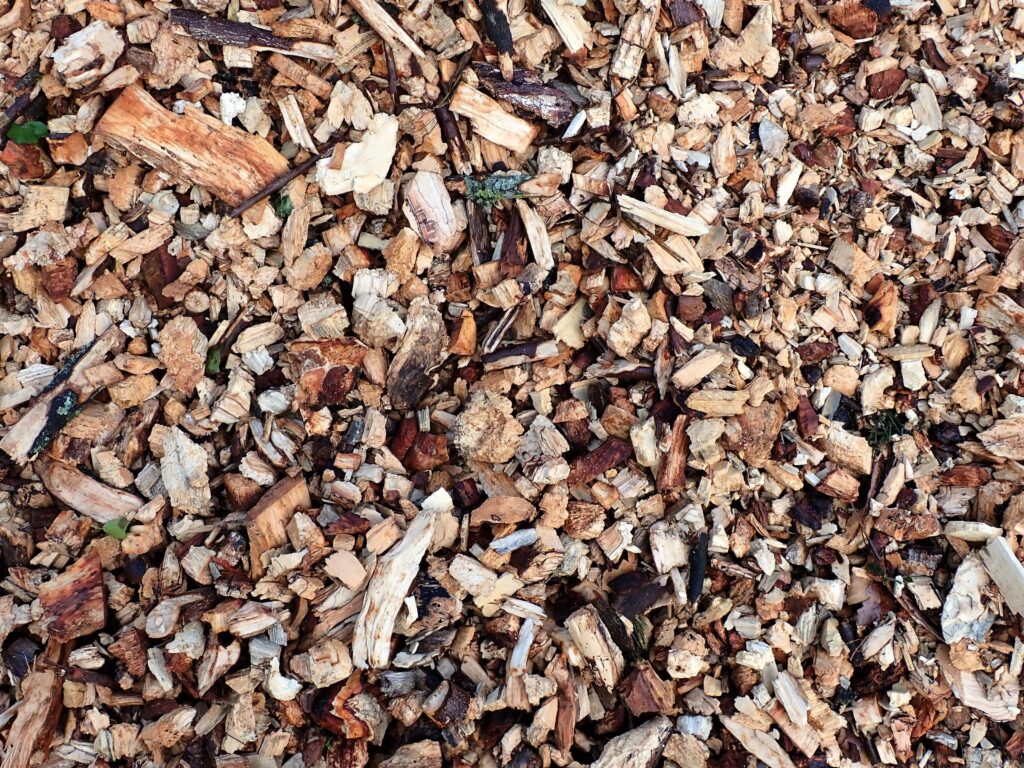Provo Utah Mulching Services
Provo Utah Mulching Services: The Ultimate Guide to Enhancing Your Landscape
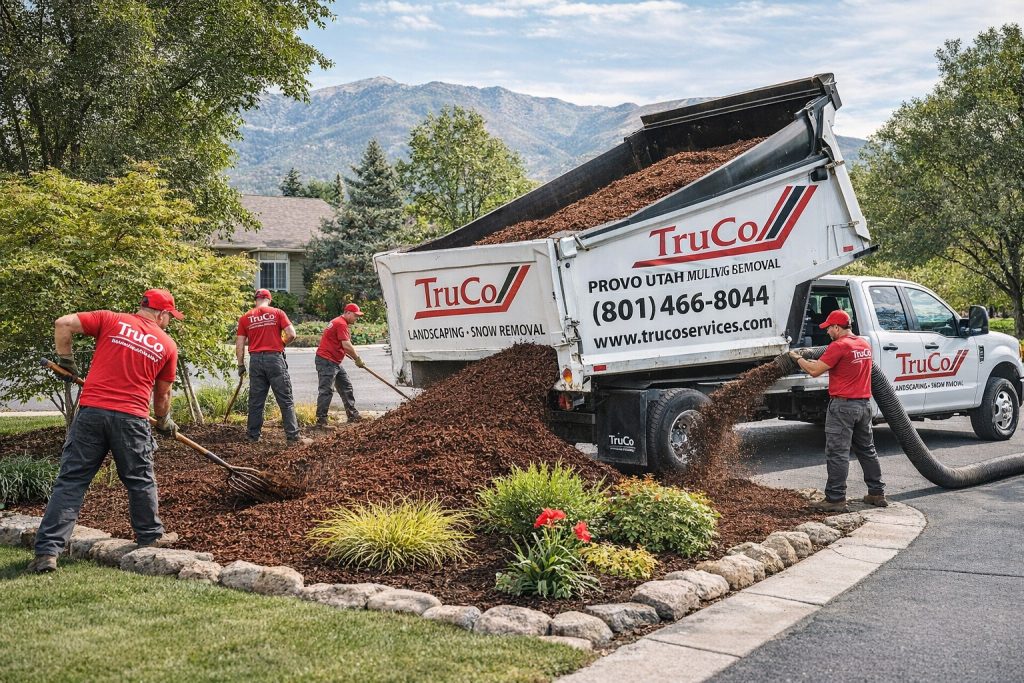
When it comes to creating and maintaining a healthy, beautiful, and low-maintenance landscape in Provo, Utah, mulching services are a cornerstone of great outdoor care. Whether you’re a homeowner looking to boost curb appeal, a property manager maintaining multiple sites, or a business owner seeking professional landscape maintenance, understanding the importance of mulching and choosing the right provider can make a transformative difference.
In this comprehensive guide, we’ll explore everything you need to know about Provo Utah mulching services, the benefits of mulching, common techniques and materials, and why Truco Services should be your first call for expert mulching solutions in the region.
What Is Mulching?
Mulching is the process of applying a protective layer of material — organic or inorganic — over soil surfaces in landscaped areas. This layer serves several functions:
-
Moisture retention
-
Weed suppression
-
Temperature regulation
-
Soil protection and erosion control
-
Improved soil health over time
In essence, mulch acts like a natural shield that supports your plants while reducing maintenance needs.
Why Mulching Is Essential for Provo’s Climate
Provo, Utah, experiences a wide range of weather conditions — hot, dry summers and cool winters with occasional frost. These shifts can stress plants and dehydrate soil quickly. Mulching in this environment is especially valuable because it:
1. Conserves Soil Moisture
Mulch reduces evaporation from the soil surface, helping plants stay hydrated. This is critical in Provo’s semi-arid climate, where water conservation is essential.
2. Suppresses Weeds Naturally
Weeds compete with desired plants for nutrients and water. A thick layer of mulch blocks sunlight from reaching weed seeds, reducing germination and growth.
3. Regulates Soil Temperature
Mulch helps keep soil cooler in the summer and warmer in the winter. Consistent soil temperature means healthier root systems and stronger plant growth.
4. Protects Against Erosion
Wind and heavy rainfall can wash away topsoil. Mulching holds soil in place, preventing erosion and preserving the structure of your landscape.
5. Enhances Curb Appeal
A freshly mulched yard looks neat, vibrant, and inviting — a boost for both residential and commercial properties.
Types of Mulch: Choosing What Works Best
Choosing the right type of mulch depends on your garden’s needs, aesthetic preferences, and budget. Professional mulching services in Provo typically offer a variety of options:
Organic Mulches
These enrich the soil as they break down:
-
Wood chips – Classic choice; great for trees and shrubs
-
Bark nuggets – Long-lasting and visually appealing
-
Compost mulch – Excellent for improving soil fertility
-
Straw or hay – Cost-effective and good for vegetable beds
Inorganic Mulches
These don’t decompose and often last longer:
-
Gravel or decorative rock – Perfect for desert-style landscapes
-
Rubber mulch – Durable and low-maintenance
-
Landscape fabric under mulch – Improves weed control
How Professional Mulching Services Work
Hiring experienced professionals like Truco Services ensures that your mulching is done efficiently, with lasting results. Here’s a breakdown of what expert mulching service typically includes:
1. Site Assessment
Professionals evaluate soil condition, plant types, sun exposure, slope, and irrigation systems to determine the best mulch type and application depth.
2. Preparation
Before mulching, crews:
-
Remove old or unwanted mulch
-
Pull weeds
-
Loosen compacted soil
-
Ensure irrigation systems are working properly
3. Correct Application
The optimal mulch depth varies by type:
-
Organic mulch: usually 2–4 inches
-
Inorganic mulch: depends on material weight and coverage needs
Professional technicians avoid common mistakes like piling mulch against tree trunks (“volcano mulching”), which can harm plant health.
4. Clean-Up and Finishing Touches
After application, crews tidy the site, reshape beds, and ensure mulch is evenly distributed across planting zones.
The Benefits of Hiring a Professional Mulching Service
Although DIY mulching is possible, professional services deliver superior results through:
Expertise and Experience
Trained professionals understand local soil, weather, and plant health — and apply mulch accordingly for maximum benefit.
Efficient Execution
Professionals complete the job quickly and safely, using proper tools and techniques.
Proper Depth and Coverage
Incorrect mulch depth can lead to plant stress or pest problems. Professionals know how much and where to apply.
Long-Term Landscape Health
Consistent mulching enhances soil structure, reduces disease risk, and promotes long-term plant vigor.
Time and Stress Savings
Mulching can be labor-intensive. Hiring experts frees up your time while guaranteeing quality results.
Why Choose Truco Services in Provo, Utah
When searching for the best mulching services in Provo Utah, Truco Services stands out as a trusted, customer-focused landscaping partner. Here’s why locals rely on Truco:
🌿 Local Expertise
Truco Services understands Provo’s unique climate and landscape challenges. Their team applies industry-proven practices tailored to Utah’s soil and weather conditions.
🌱 Comprehensive Landscaping Solutions
Mulching is just one part of their full suite of services. Truco offers:
-
Lawn care and treatment
-
Weed control
-
Plant installation and maintenance
-
Irrigation services
-
Seasonal cleanup and design
-
Hardscaping solutions
By addressing your landscape holistically, Truco ensures your outdoor space thrives year-round.
👍 Quality Materials and Workmanship
Truco Services uses premium mulch materials — selected for durability, appearance, and performance. Their workmanship reflects pride and precision, providing long-lasting results that elevate your property’s appearance.
💬 Excellent Customer Service
From the first call to project completion, Truco prioritizes clear communication, timely service, and satisfaction. They take the time to understand your goals and recommend solutions that fit your budget and vision.
📅 Flexible Scheduling and Reliable Service
Truco Services works with your schedule and provides dependable service, so projects are completed on time and with minimal disruption.
Mulching Tips for Provo Homeowners
Even with professional help, understanding best practices can help you care for your landscape between services:
✔ Maintain Proper Depth
Replenish mulch annually or as needed to maintain optimal coverage.
✔ Leave Space Around Trunks and Stems
Avoid piling mulch against trunks or stems; leave a small gap to prevent rot.
✔ Monitor Moisture
Mulch retains moisture — check soil occasionally to avoid over-watering.
✔ Refresh Organic Mulch
Organic mulch breaks down over time, so replenishing yearly keeps it effective.
How Much Does Mulching Cost in Provo?
Mulching cost varies based on:
-
Property size
-
Type of mulch
-
Accessibility of beds
-
Amount of prep work required
Getting a professional estimate helps you plan — and with Truco Services, you receive transparent pricing and no surprises.
Contact Truco Services Today
If you’re ready to enhance your landscape with professional mulching in Provo, Utah, Truco Services is here to help.
📞 Call Now: (801) 466-8044
🌐 Visit: https://www.trucoservices.com
Whether you need residential mulching, commercial landscaping support, or ongoing maintenance, Truco Services delivers quality, reliability, and exceptional results.
Final Thoughts
Mulching is more than a cosmetic upgrade: it’s a foundational element of sustainable, healthy landscaping — especially in Provo’s unique climate. With benefits like moisture conservation, weed suppression, soil protection, and improved plant health, professional mulching services elevate your outdoor space while saving you time and effort.
Choosing a trusted provider like Truco Services means your property gets the attention and expertise it deserves. From the initial assessment to flawless execution, Truco helps your landscape flourish throughout the seasons.
Don’t wait — give your yard the care it needs. Call Truco Services at (801) 466-8044 or visit https://www.trucoservices.com today!
